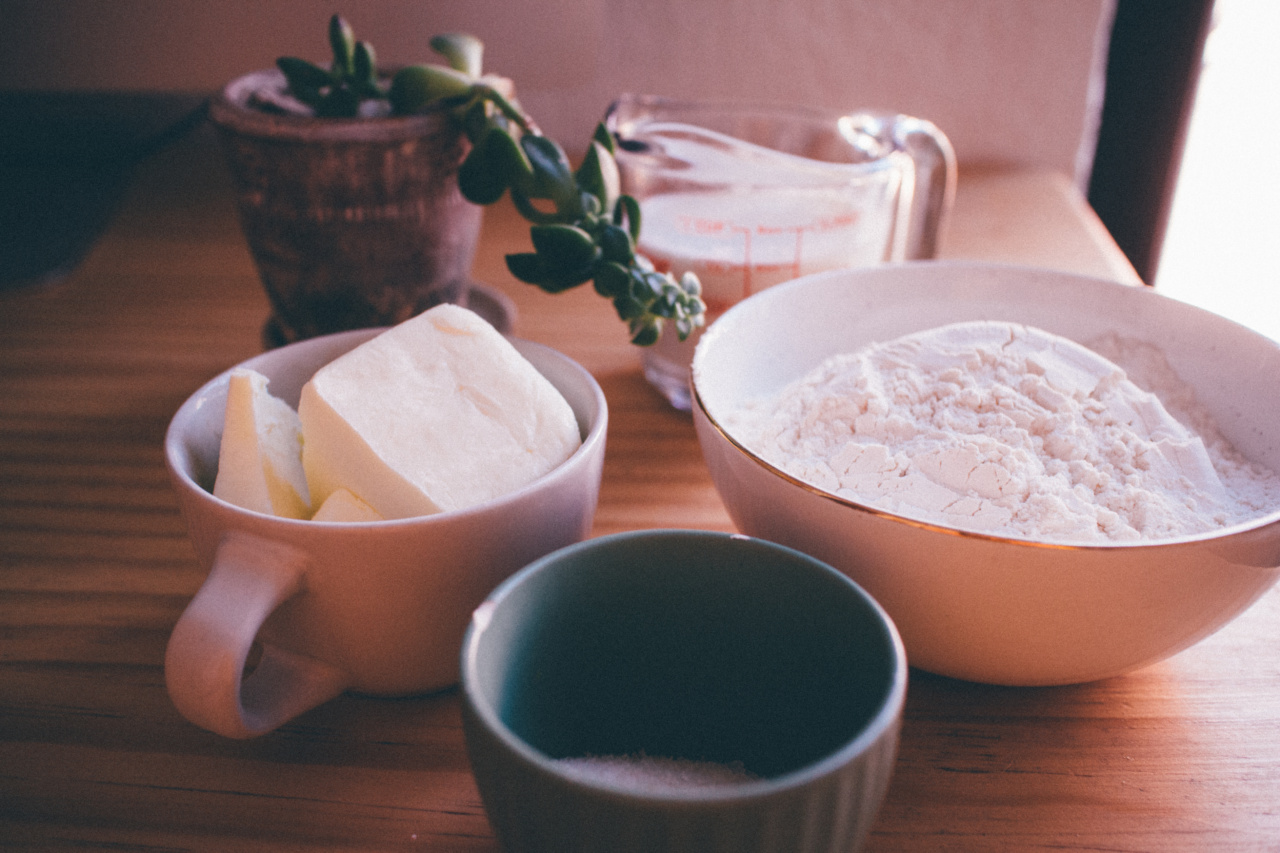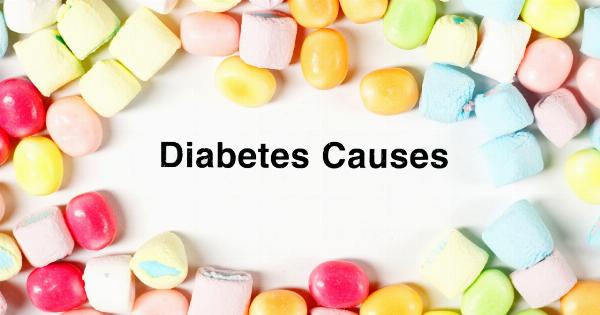Butter and margarine are two common spreads that are used in cooking and baking. In recent years, there has been a lot of debate about which one is healthier and more beneficial for the body.
Both have their own pros and cons, and the choice between the two ultimately depends on personal preferences and dietary needs. In this article, we will explore the differences between butter and margarine and help you make an informed decision.
What is Butter?
Butter is a dairy product made from churning milk or cream. It is primarily composed of milk fat and has a rich, creamy texture.
Traditional butter is made from cow’s milk, but there are also variations made from the milk of other animals such as goats and sheep.
The Pros of Butter
1. Natural and minimally processed: Butter is a natural product that has been used for centuries. It undergoes a simple process of churning milk or cream, without the use of any artificial additives or preservatives.
2. Rich in flavor: Butter has a distinct and rich flavor that many people enjoy. It adds a delicious taste to baked goods, sauces, and other dishes.
3. Good source of fat-soluble vitamins: Butter contains important fat-soluble vitamins such as vitamin A, vitamin E, and vitamin K2, which are essential for various bodily functions including vision, immune health, and blood clotting.
4. Contains beneficial fatty acids: Butter is a source of healthy saturated fats and also contains small amounts of omega-3 and omega-6 fatty acids, which are essential for brain function and overall health.
The Cons of Butter
1. High in saturated fat: Butter is high in saturated fat, which is known to increase levels of LDL (bad) cholesterol in the blood. High levels of LDL cholesterol can increase the risk of heart disease.
2. Not suitable for lactose intolerant individuals: Butter is derived from milk, making it unsuitable for those who are lactose intolerant or have a dairy allergy.
3. Short shelf life: Butter has a relatively short shelf life and can go rancid quickly if not stored properly.
What is Margarine?
Margarine is a butter substitute that was created as a more affordable alternative to butter. It was first developed in the late 19th century and gained popularity during World War II when butter was scarce.
Margarine is typically made from vegetable oils, water, and emulsifiers.
The Pros of Margarine
1. Lower in saturated fat: Margarine is generally lower in saturated fat compared to butter. Some margarines are made with healthier oils that can help reduce LDL cholesterol levels.
2. Contains plant sterols: Some varieties of margarine are enriched with plant sterols or stanols, which can help lower LDL cholesterol levels.
3. Good for baking: Margarine can be a good alternative to butter in baking as it produces similar results and helps create a tender texture in baked goods.
4. Suitable for lactose intolerant individuals: Margarine does not contain lactose, making it a suitable option for those with lactose intolerance or dairy allergies.
The Cons of Margarine
1. High in trans fats: Some margarines, especially the hard stick varieties, undergo a process called hydrogenation to solidify the oils.
This process can create trans fats, which are known to raise LDL cholesterol levels and increase the risk of heart disease.
2. Artificial additives: Margarine often contains artificial additives, such as emulsifiers and preservatives, to improve its texture, shelf life, and flavor.
3. Less flavor: Margarine has a milder flavor compared to butter, which may not be as desirable for some people.
How to Choose between Butter and Margarine
The choice between butter and margarine ultimately depends on a few factors, including taste preferences, dietary needs, and health considerations. Here are some tips to help you make the decision:.
1. Taste: If you prefer the rich and distinct flavor of butter, it may be the better choice for you. However, if you prefer a milder taste, margarine could be a suitable alternative.
2. Saturated fat: If you have high cholesterol levels or are at risk for heart disease, opting for a lower-saturated-fat margarine or using spreads made from healthier oils may be a better choice.
However, if saturated fat is not a concern for you, butter can be enjoyed in moderation.
3. Dietary restrictions: If you are lactose intolerant or have a dairy allergy, margarine is the obvious choice. However, if you don’t have any dietary restrictions, both butter and margarine can be incorporated into your diet.
4. Nutritional value: Consider the different nutritional profiles of butter and margarine. Butter provides fat-soluble vitamins, while some margarines are fortified with additional nutrients like omega-3 fatty acids or plant sterols.
Choose the option that aligns with your dietary goals and requirements.
5. Usage: Consider how you plan to use the spread. If you’re baking, both butter and margarine can produce delicious results, but margarine may be a better choice for creating a tender texture in certain recipes.
For spreading on bread or toast, consider the flavor and texture that you prefer.
It’s worth noting that there are also other alternatives to butter and margarine available in the market, such as olive oil spreads or nut-based spreads.
These options provide different flavors and nutritional profiles, so it’s worth exploring them as well.
Conclusion
Choosing between butter and margarine depends on personal preferences, dietary needs, and health considerations. Butter is a natural product with a rich flavor, but it is high in saturated fat.
Margarine, on the other hand, is lower in saturated fat but often contains artificial additives and can be high in trans fats. Consider the pros and cons of each spread, as well as your individual needs, to make an informed decision. Remember, moderation and balance are key to maintaining a healthy diet.
























